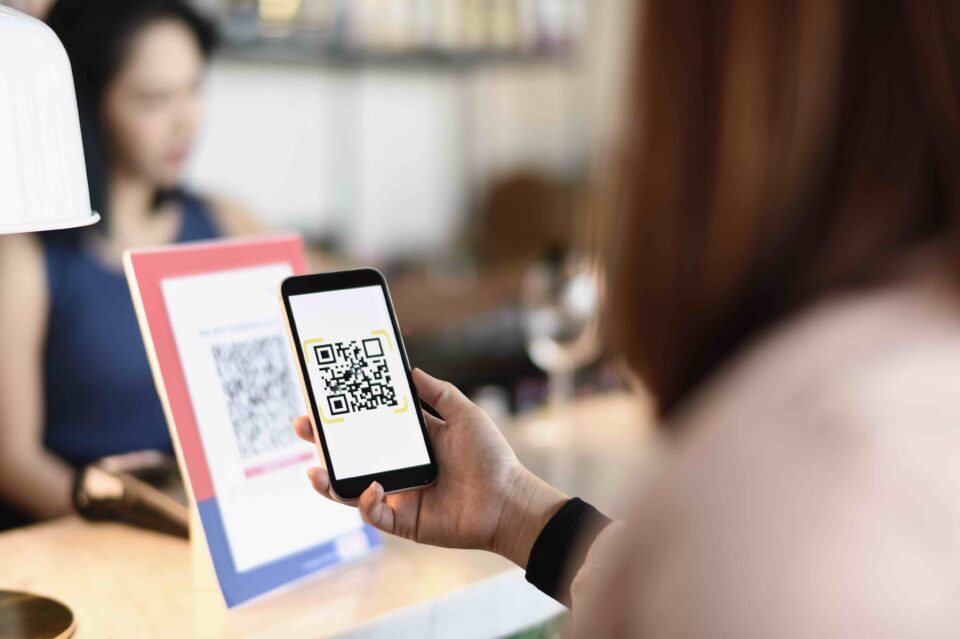Mobile payments are fueling a lifestyle and eCommerce revolution – is your company ready?
Every day, shoppers around the world are choosing to pay for their items with mobile devices in their hands instead of the cash and credit cards in their wallets. This is all thanks to improved technology, better connectivity and superior all-around convenience. As such, local payments made via mobile devices are experiencing dramatic growth worldwide with no signs of slowing.
- Chinese payment app AliPay has over a billion users (eMarketer).
- By 2024, the predicted mobile payment market size is estimated to reach 3 trillion (EmizenTech)
- From 2020 to 2025, mobile payments use will continue to rise at 27% of CAGR (EmizenTech)
- Over 1/3 of the global population will adopt a mobile wallet by 2024 (The Paypers)
Sustained growth means that mobile-based payments aren’t just a fad or trend, they are a lifestyle and eCommerce revolution that merchants must harness to succeed.
The Mobile and Digital Payments Revolution Is Happening Now. Is Your Business Ready?
Three Types of Mobile Payments Commonly Used by Global Consumers
Mobile Point of Sale
Growing in popularity around the world, mobile point of sale replaces a fixed POS terminal with a phone or tablet and uses special hardware to allow for payment via credit or debit card.
Remote Mobile Payments
Whether it’s on an app like Amazon or a website like Nike.com, you are conducting a remote mobile payment whenever you purchase something via your mobile device.
Mobile Proximity Payments
Similar to mobile point-of-sale, mobile proximity payments are any transactions that occur at a point of sale where shoppers use a mobile device to pay in place of credit cards or cash. These transactions are useful for stores to accept mobile payments.
However, mobile proximity payments are incredibly convenient for shoppers because they only require a simple wave, tap or scan of a QR code from a mobile device to complete payment. GrabPay and AliPay are popular digital wallets that enable mobile proximity payments.
Digital Wallets Are Replacing Traditional Ones
As more shoppers rely on their phones to make purchases, they are reaching into their wallets less often. With that trend comes the rise of digital wallets, a preferred local payment method for both remote mobile payments and mobile proximity payments.
Also known as ewallets, digital wallets securely store shoppers’ payment details like credit card or bank information from the convenience of their smartphone. Some ewallets can also be topped up via cash deposits at retail locations and kiosks, eliminating the need for a bank or credit card. This allows customers to easily make in-person cashless and cardless payments thanks to Near Field Communication technology (NFC) and Quick Response codes (QR codes).
- NFC Mobile Payments: Available in most smartphones today, NFC payments technology allows shoppers to simply scan, wave or tap their phone near the POS system to complete payment. The transaction is fast, contactless and uses a shopper’s digital wallet instead of cash, credit card or check.
- QR Codes: As an easily identifiable matrix barcode, QR codes allow shoppers to use their smartphone camera to quickly authenticate and authorize a payment from their digital wallet during a point of sale transaction. This technology is currently dominating payments in Asia and predictions for the future of mobile payments throughout the world, due to its low cost and widespread accessibility.
The Types of Mobile Payment Wallets
Just like regular wallets, mobile wallets come in all shapes and sizes, each boasting various features and reasons to use them. Today, there are two types of digital wallets growing in popularity across the world: closed-loop wallets and open-loop wallets
- Closed-Loop Wallet: Anyone who uses their Starbucks app to purchase their morning coffee is using a closed-loop wallet. Offered by retailers to increase loyalty, offer discounts and learn more about their shoppers, closed-loop wallets are a popular way to pay for items only at a particular store.
- Open-Loop Wallet: This type of digital wallet works more like a traditional wallet by storing bank and credit information and allowing shoppers to use it wherever it’s an accepted form of payment. GrabPay, Paytm and AliPay are all prevalent examples of digital wallet platforms.



